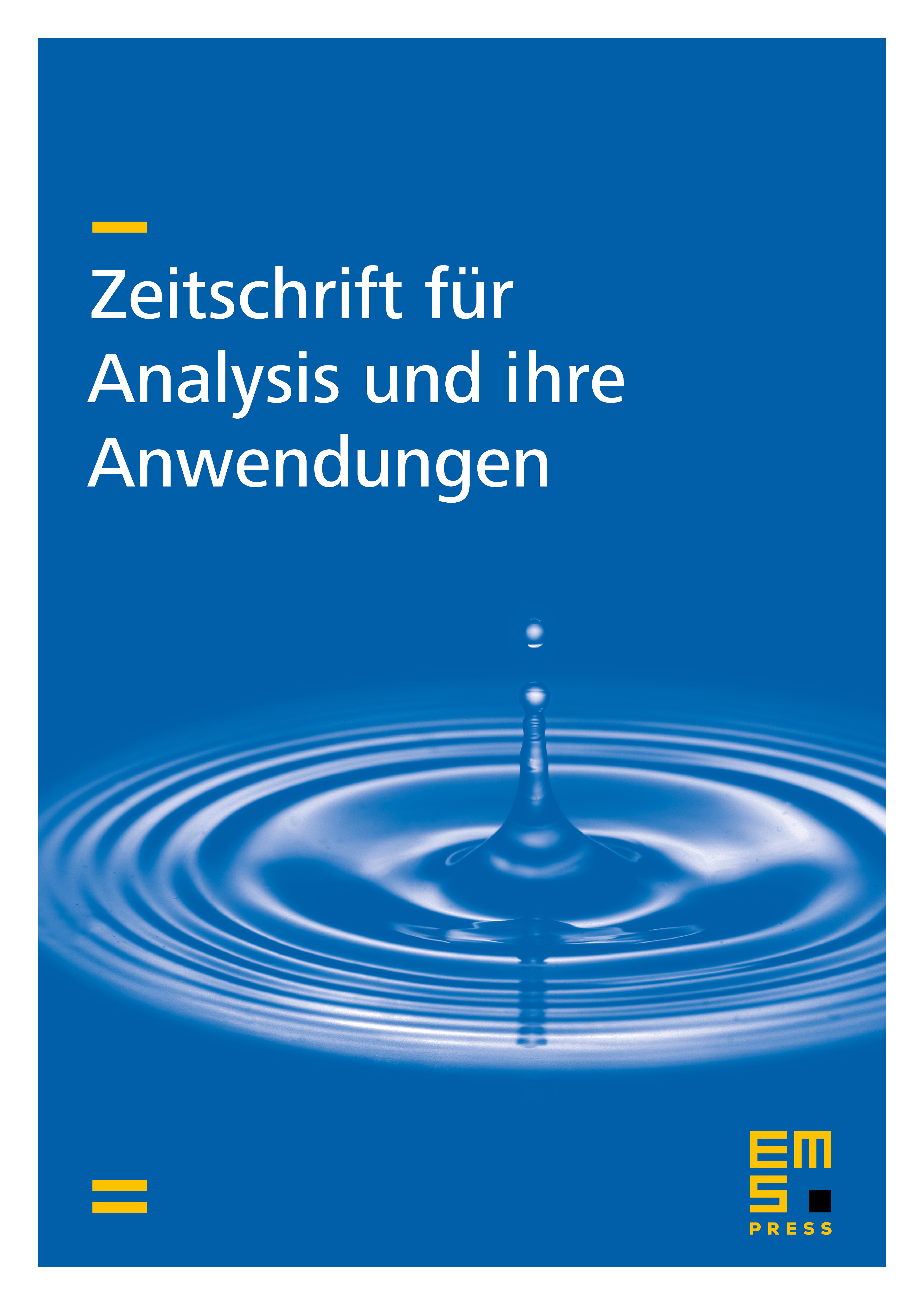Identifiability of the Transmissivity Coefficient in an Elliptic Boundary Value Problem
Gennadi Vainikko
Tartu University, EstoniaKarl Kunisch
Karl-Franzens-Universität Graz, Austria

Abstract
We deal with a coefficient inverse problem describing the filtration of ground water in a region . Introducing a weak formulation of the problem, discretization and regularization methods can be constructed in a natural way. These methods converge to the normal solution of the problem, i.e. to a transmissivity coefficient of a minimal -norm. Thus a question about -identifiability (identifiability among functions of the class of the transmissivity coefficient arises. Our purpose is to describe subregions of where the transmissivity coefficient is really -identifiable or even -identifiable. Thereby we succeed introducing physically realistic conditions on the data of the problem, e.g. piecewise smooth surfaces in are allowed where the data of the inverse problem may have discontinuities. With some natural changes, our results about the -identifiability extend known results about the identifiability among more smooth functions given by G. R. Richter [4], C. Chicone and J. Gerlach [1], and K. Kunisch [3].
Cite this article
Gennadi Vainikko, Karl Kunisch, Identifiability of the Transmissivity Coefficient in an Elliptic Boundary Value Problem. Z. Anal. Anwend. 12 (1993), no. 2, pp. 327–341
DOI 10.4171/ZAA/562